When it comes to dog breeds, some stand out for their strength, loyalty, and protective nature. However, a combination of these traits, especially when not managed properly, can lead to aggressive tendencies. While any dog can become aggressive under certain circumstances, there are certain breeds that, due to their history, physical power, or guarding instincts, are more likely to display aggressive behavior if not properly trained and socialized. Understanding these breeds helps ensure responsible pet ownership and safer interactions. Here, we explore 21 of the most dangerous and aggressive dog breeds, highlighting their tendencies and why they may pose a risk if mishandled.
1. Tosa Inu
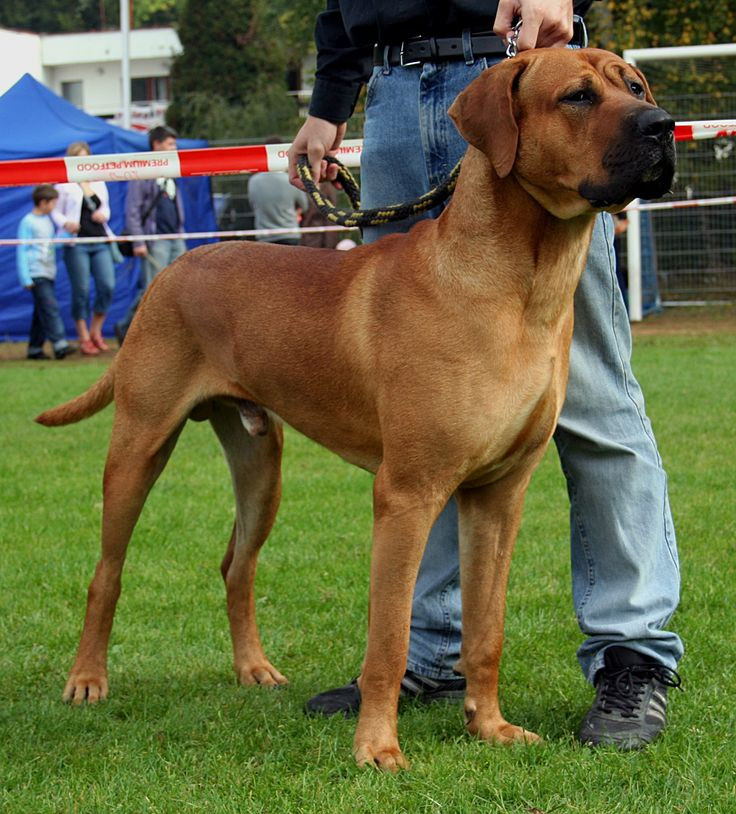
Originally bred as a fighting dog in Japan, the Tosa Inu is large, strong, and protective, making it prone to aggression without proper socialization and training. Due to its potential for aggression, ownership is legally restricted or banned in several countries including the UK, Australia, and New Zealand.
2. Dogo Argentino

Known for its powerful build and strong prey drive, the Dogo Argentino is territorial and can become aggressive around strangers or unfamiliar animals. This breed has ownership restrictions in several countries, including Australia, Austria, and the UK.
3. Fila Brasileiro
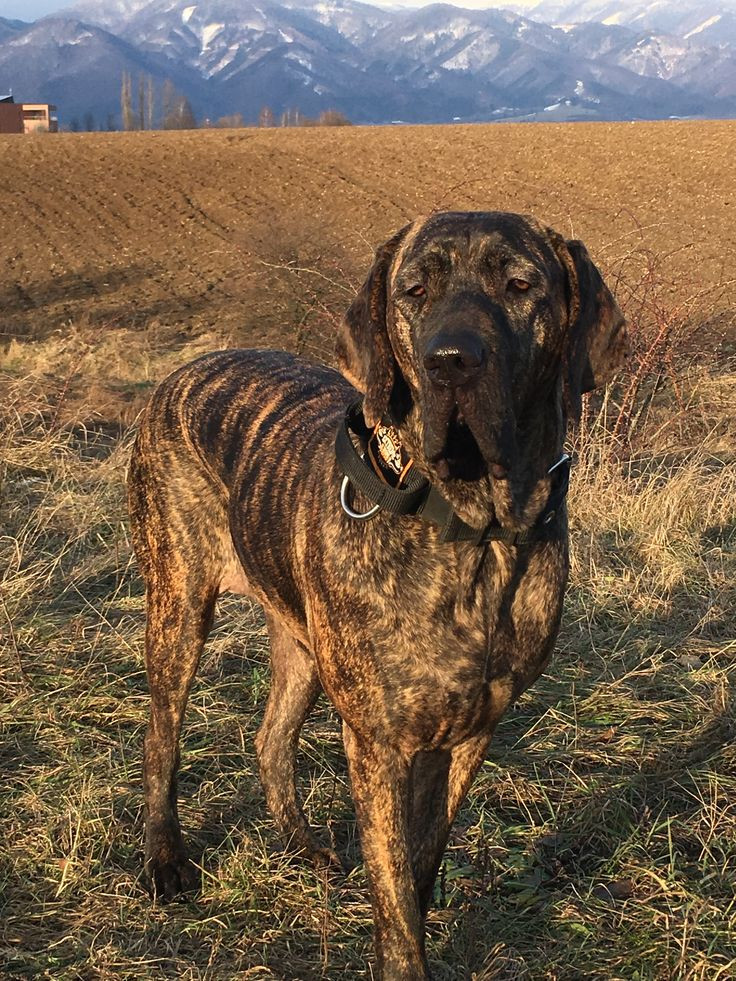
The Fila Brasileiro is fiercely loyal and protective of its territory. It can be highly aggressive towards strangers, requiring firm control and proper training. In countries such as the UK, Australia, and Hong Kong, ownership is either restricted or illegal without special exemption.
4. Bull Terrier
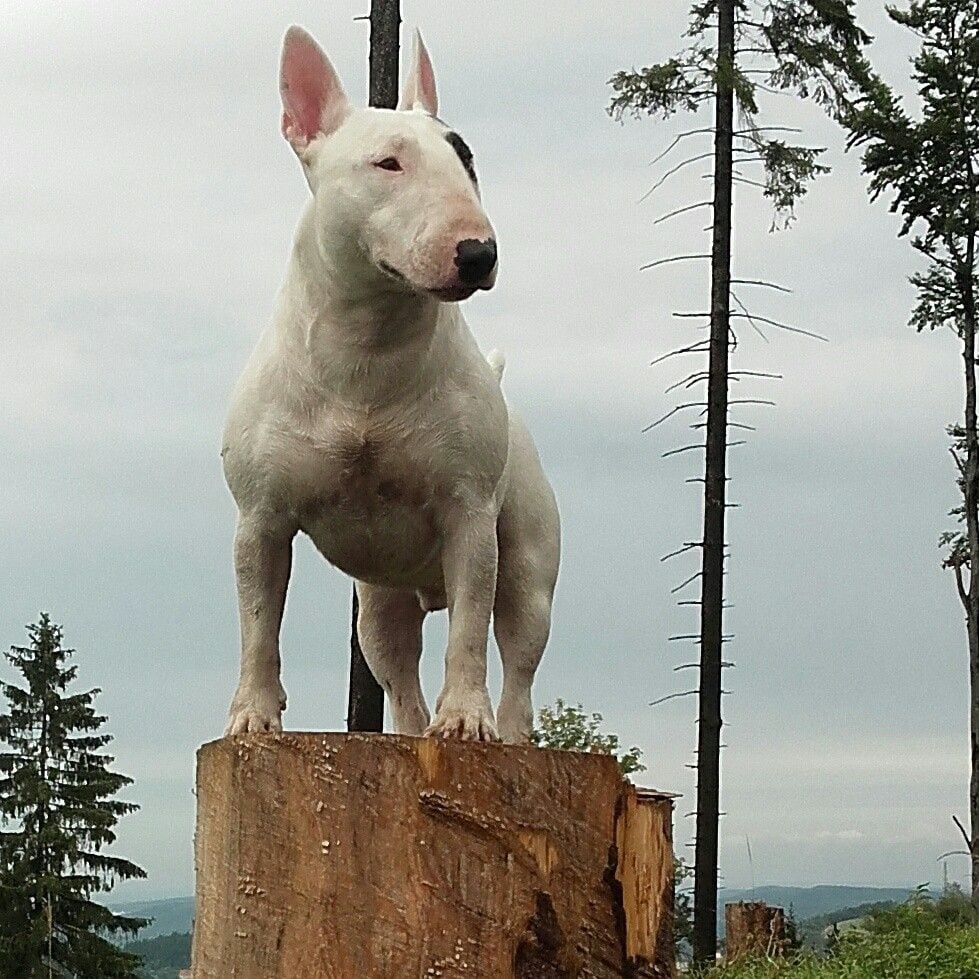
While Bull Terriers are often friendly, they can become stubborn and aggressive if not well-trained and socialized. The breed’s tenacity can lead to dangerous behavior if mishandled.
5. Rottweiler
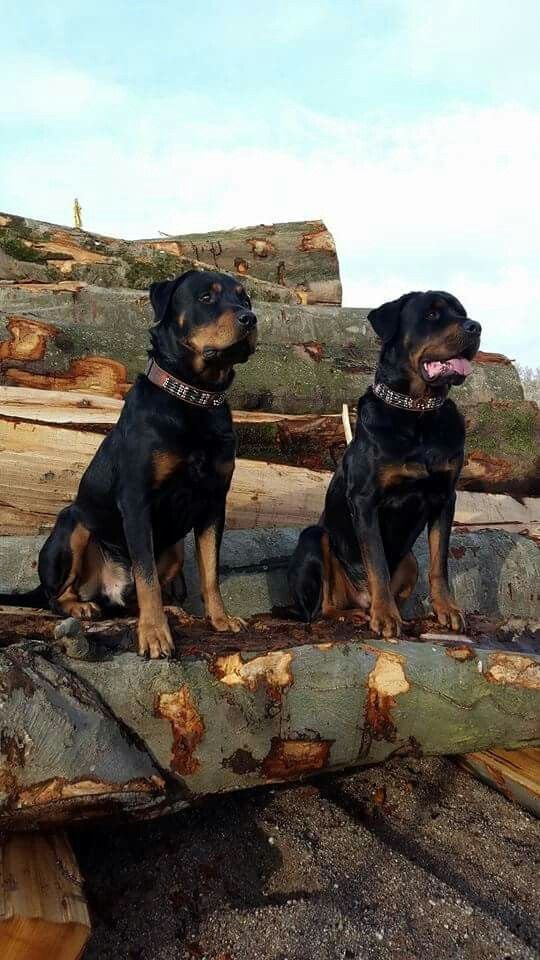
This large, muscular breed is known for its protective instincts. While they can be affectionate with their families, they can show aggression toward strangers, especially without proper socialization. Rottweilers tend to be more aggressive toward strangers, according to some studies.
6. Boerboel
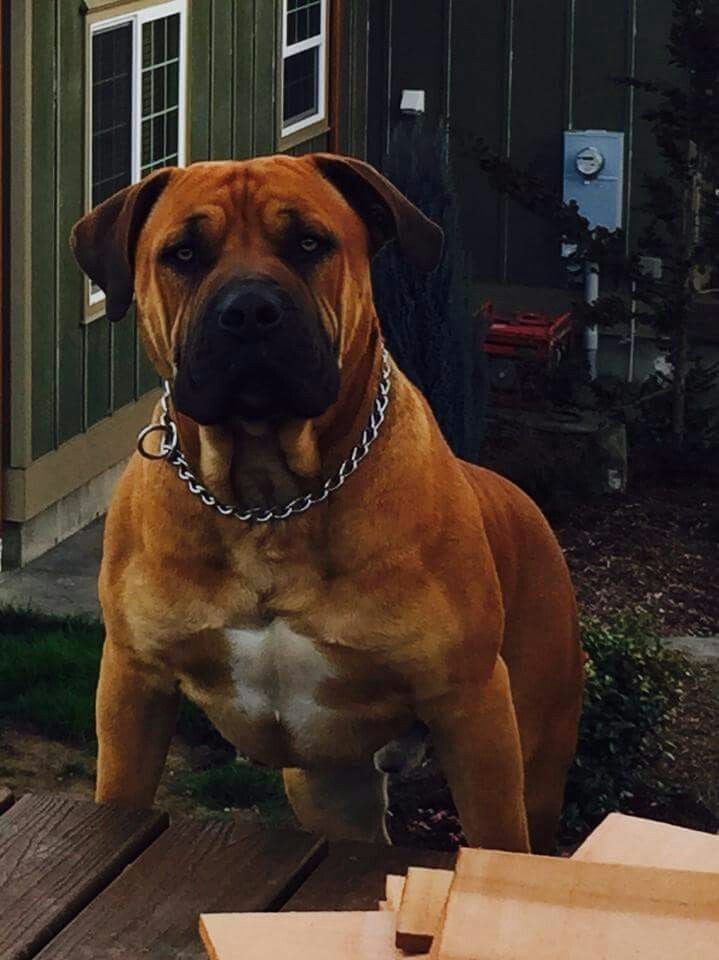
Originally bred as farm guardians, Boerboels are protective and powerful, which can lead to aggressive behavior if not trained and managed carefully. Ownership of this breed is restricted in many countries including Denmark, Romania, and Qatar.
7. Akita
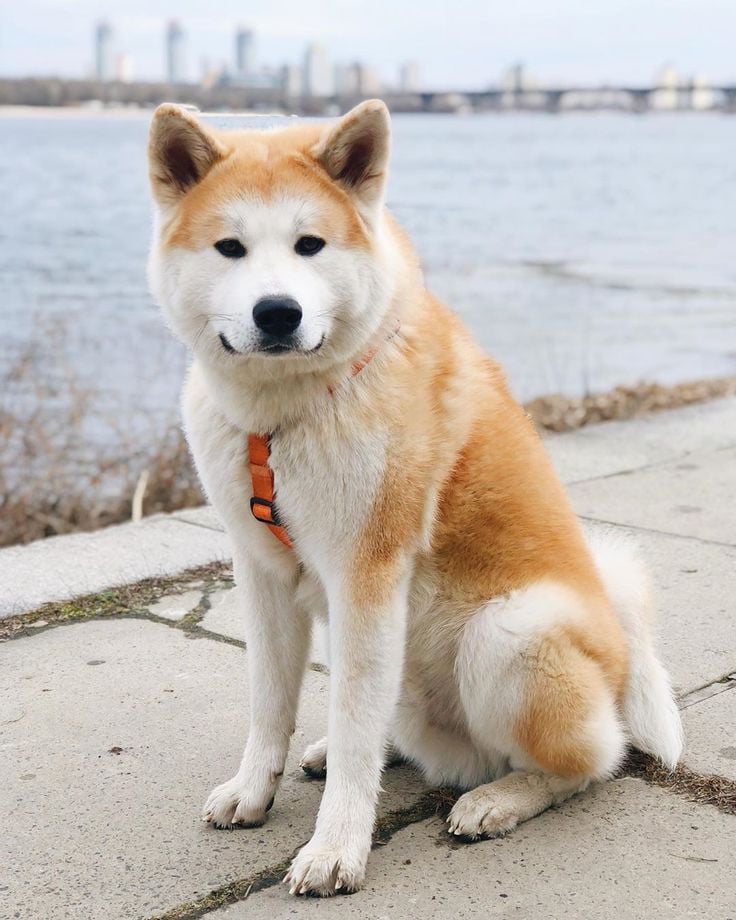
Akitas are strong-willed and independent, often showing aggression toward other dogs and strangers without proper training. In some regions, the breed is classified as a dangerous dog due to its territorial instincts.
8. Rhodesian Ridgeback
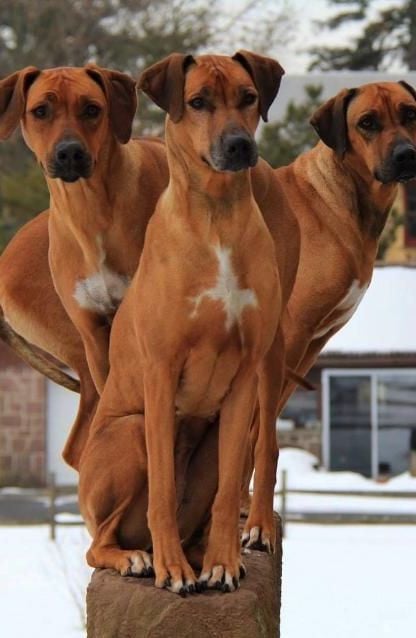
While this hunting breed is typically strong and confident, it can become aggressive if not socialized properly. Ridgebacks may not be ideal for inexperienced dog owners or families with young children.
9. Pitbull
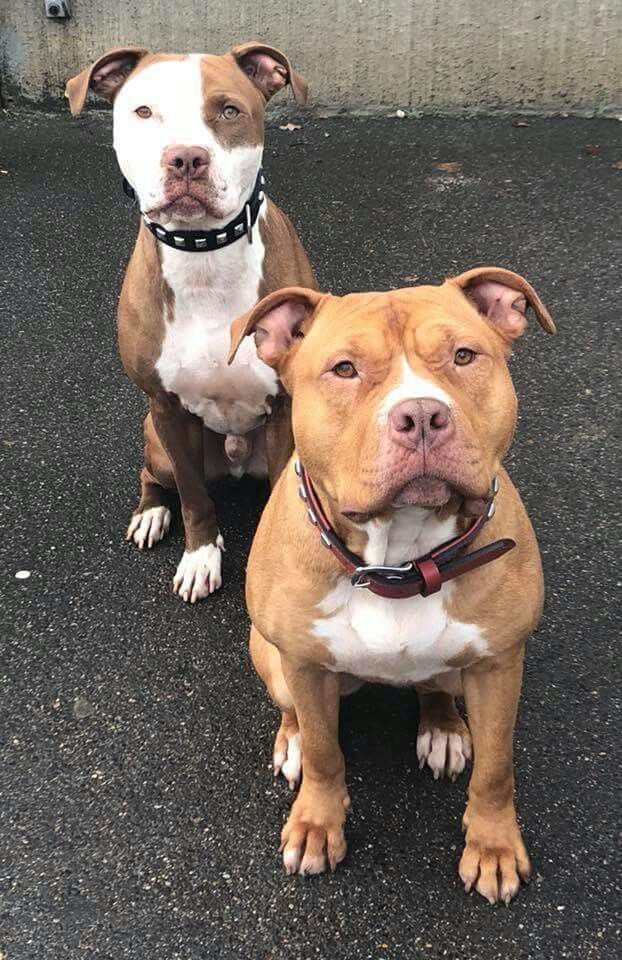
Pitbulls have a history as fighting dogs, and their physical strength can make them dangerous if not properly trained and socialized. Many countries, including the UK and Australia, have breed-specific legislation banning Pitbulls or restricting ownership.
10. German Shepherd
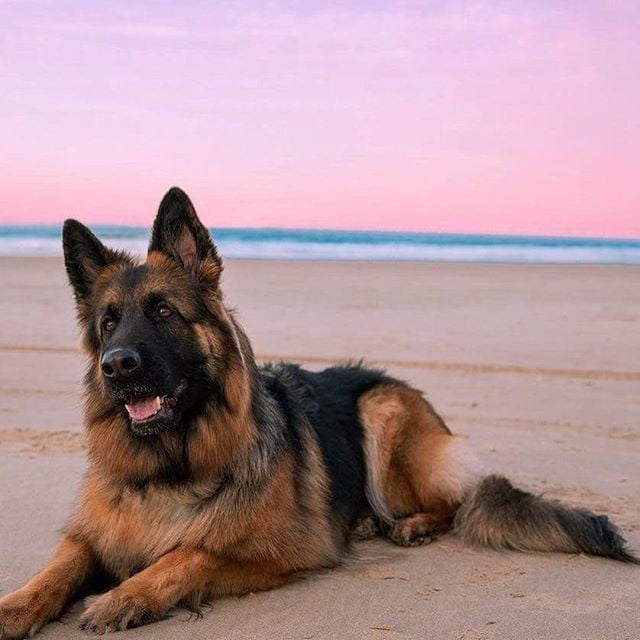
Known for their intelligence and loyalty, German Shepherds can become aggressive if they feel their family is under threat. This breed is frequently used for police and military work due to its protective nature.
11. Boxer

Boxers are energetic and strong, but they can exhibit aggression if they are not properly exercised or trained. They require consistent management to prevent undesirable behavior.
12. Cane Corso
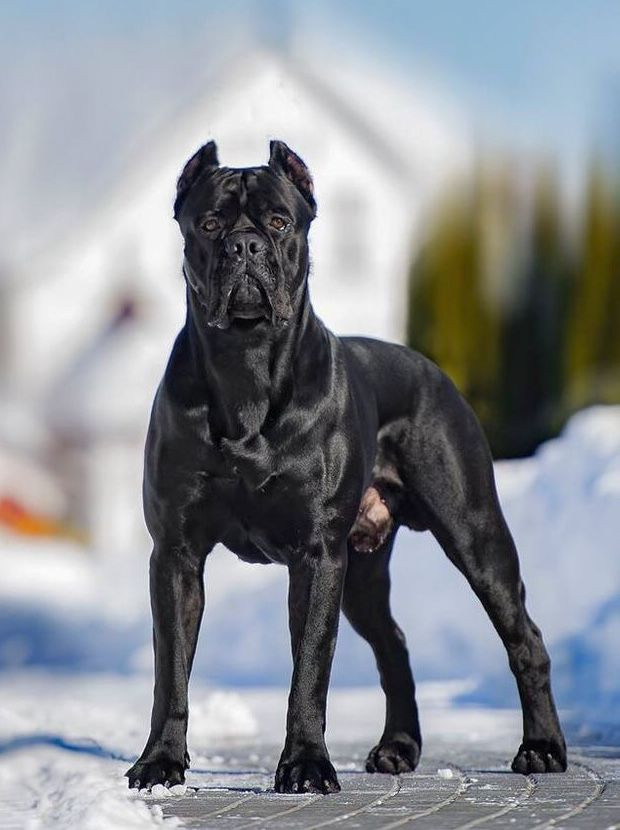
The Cane Corso is a large and dominant breed, known for its guarding instincts. Without proper training and discipline, they can display territorial aggression.
13. Siberian Husky
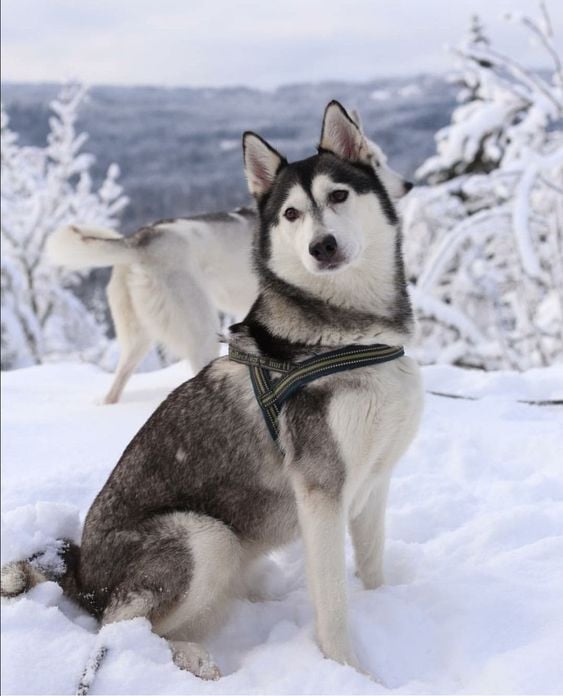
Siberian Huskies are friendly but have a strong prey drive. Without sufficient exercise and training, they can become aggressive or unpredictable, especially when interacting with other animals.
14. Doberman
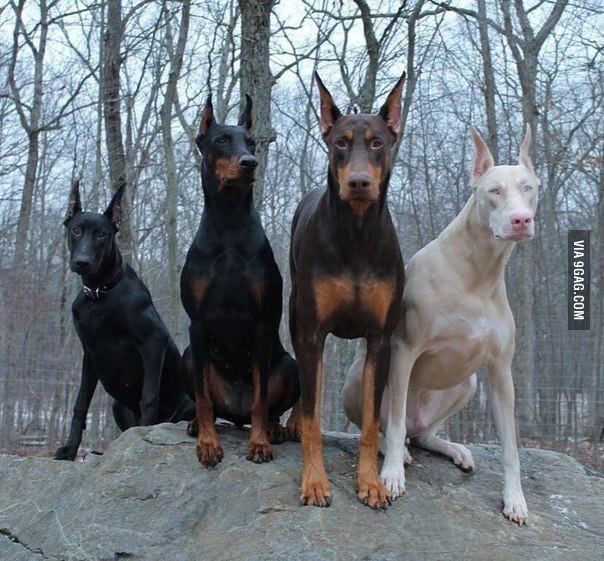
Dobermans are known for their guarding instincts and protective nature. Without proper training, they can be aggressive towards strangers or perceived threats.
15. Bulldog

Bulldogs can be stubborn and may show aggression if improperly socialized or provoked. Though generally friendly, they can become territorial or aggressive if mishandled.
16. Bullmastiff
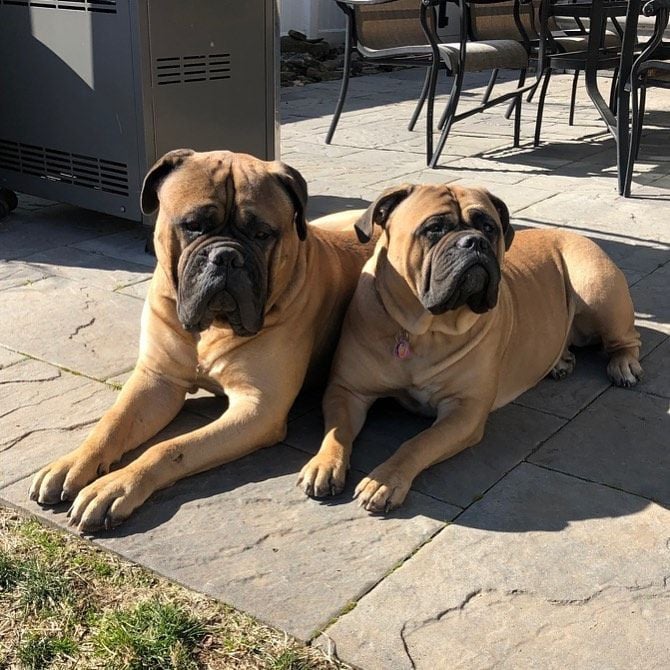
Bullmastiffs are protective by nature and can become aggressive toward intruders or unfamiliar animals. Their size and strength make them a formidable breed if not properly trained.
17. Chow Chow
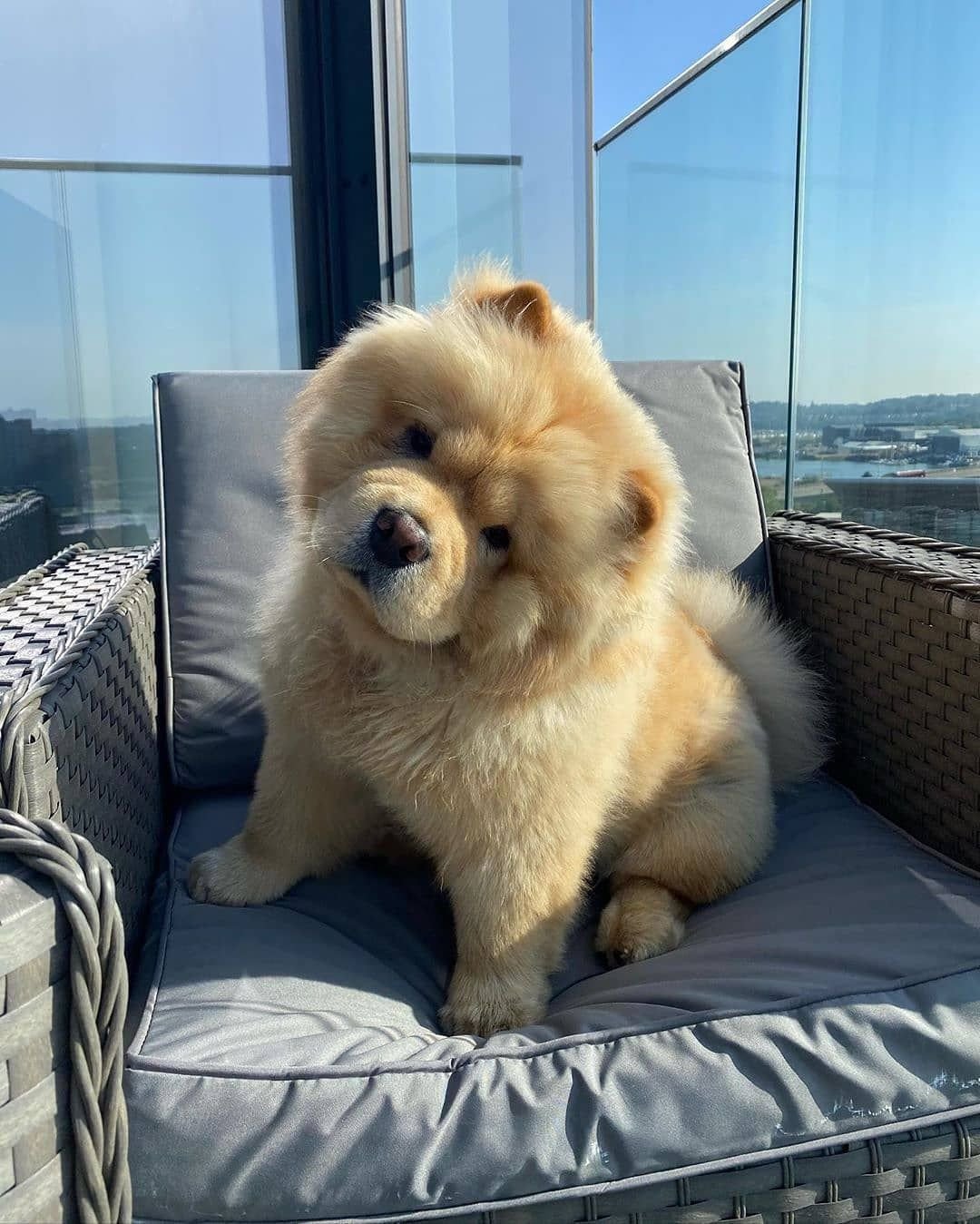
Chow Chows can be aloof and territorial. Without proper training, they can become aggressive toward strangers or other dogs. Their independence can sometimes make them difficult to manage.
18. Basenji

Basenjis are independent and can show aggression if not socialized properly. Known for their intelligence and independence, they require firm training and early socialization to prevent aggressive behavior.
19. Bandog
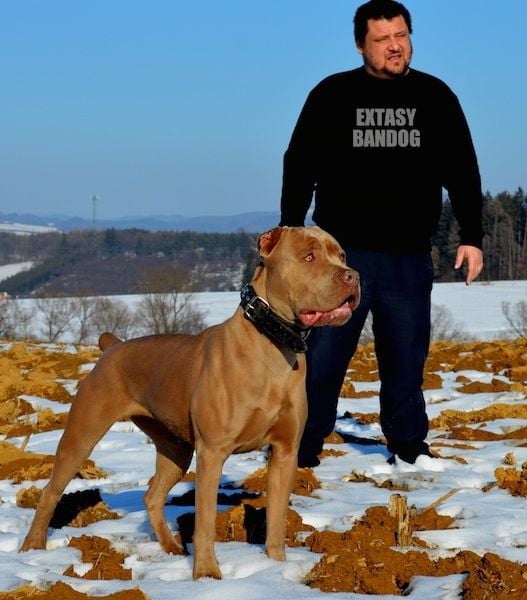
A mix of Mastiffs and Pitbulls, Bandogs are powerful and can show aggression if not trained properly. These dogs require experienced handlers to prevent aggressive behavior from escalating.
20. Staffordshire Bull Terrier
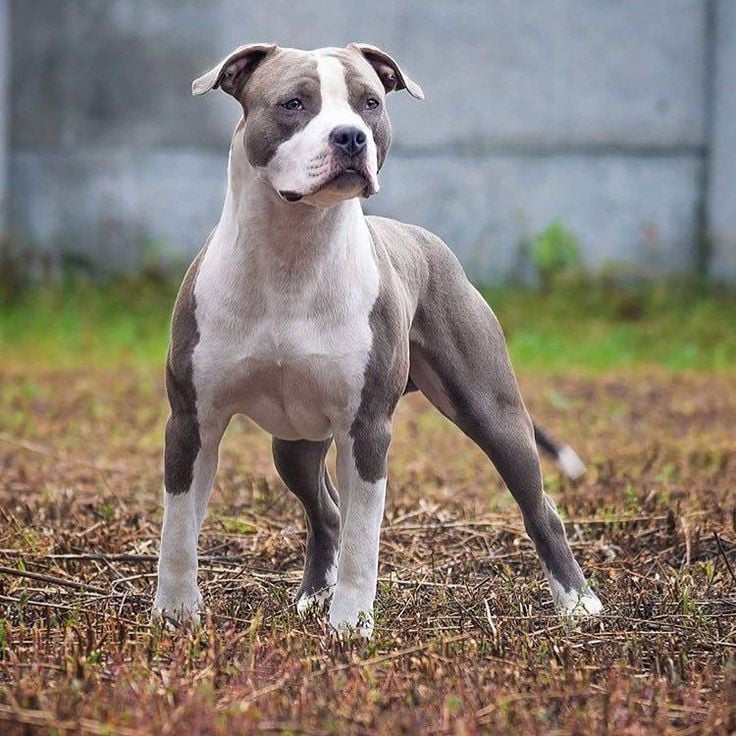
Though affectionate with family, Staffordshire Bull Terriers can be aggressive toward other dogs if not socialized properly. Despite being loving, they require firm management to prevent potential issues.
21. Neapolitan Mastiff
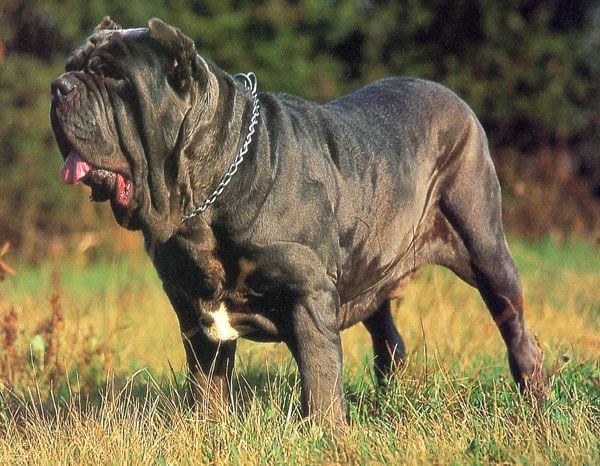
Neapolitan Mastiffs are massive and protective. If they sense a threat, they can become aggressive. These dogs need firm training and should be handled with care to prevent unwanted aggression.
While many of these breeds are associated with aggression, it’s essential to remember that most dogs are loving and gentle when properly trained and cared for. Aggression typically arises from mishandling, improper training, or a lack of socialization. Dogs, regardless of their breed, are often more likely to be protective and loyal than dangerous. Responsible ownership, proper training, and early socialization play a crucial role in ensuring that dogs, regardless of their breed, remain well-behaved and safe members of society.


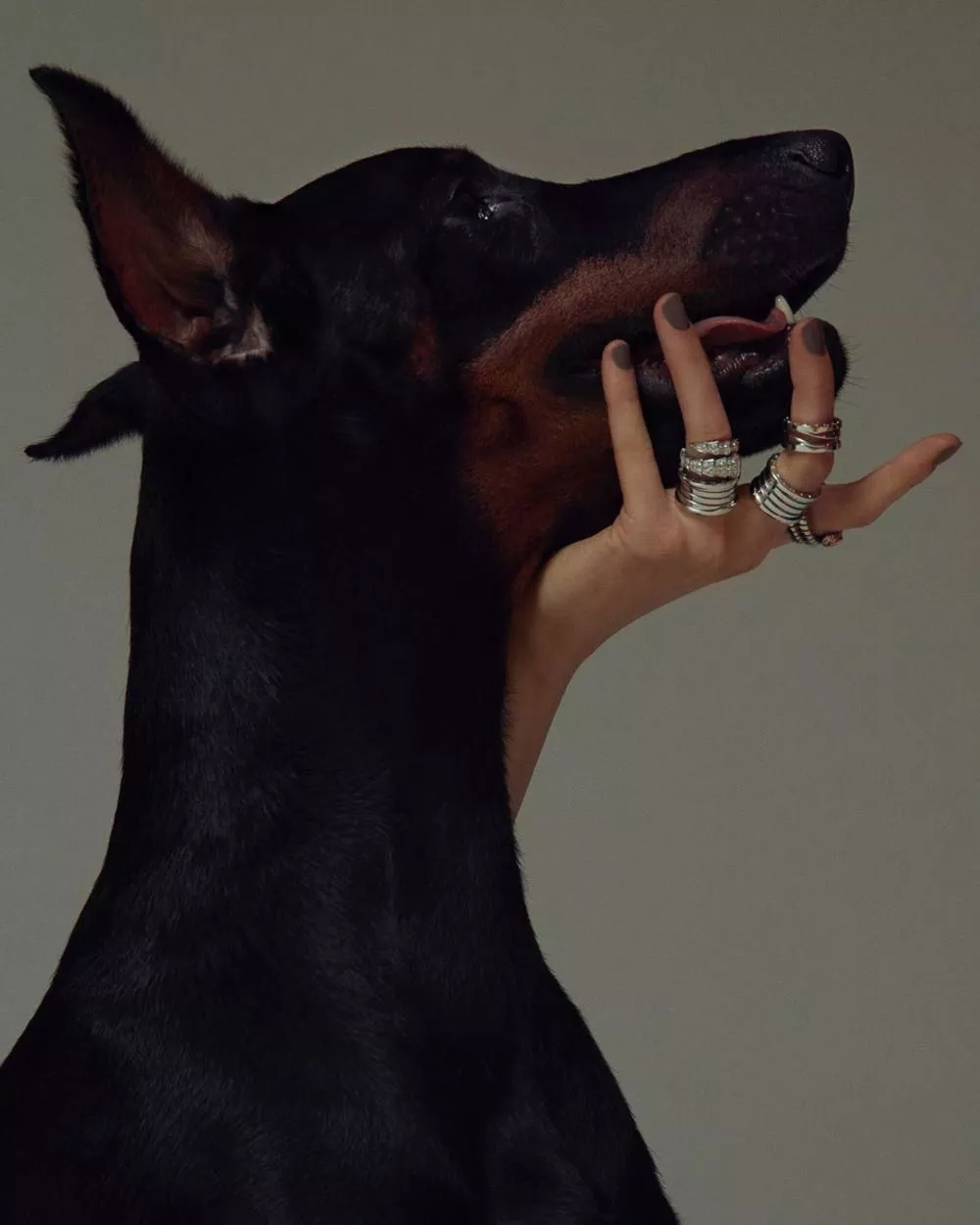






COMMENTS
Comments are moderated and generally will be posted if they are on-topic and not abusive.
For more information, please see our Comments FAQ